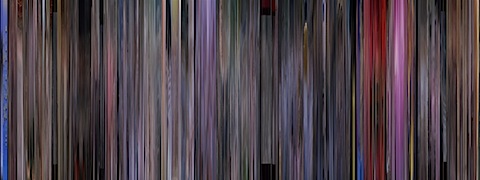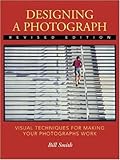Everything about Jawbone’s portable wireless speaker, the Jambox, is well done. The speaker itself, the included cables and charger, the ease of use, the carrying case and even the packaging all show serious thought in the design, presentation and experience of the product.

The Jambox comes in four different colors: black, red, grey and blue. Shaped like a rectangular brick, it measures approximately 2.25″ tall, 6″ long and 1.5″ deep and is a solid 12 ounces. The build feels solid, with quality materials–a rubberized top and bottom allow for a solid grip when holding and maintaining position on an uneven surface. The speaker’s grill is styled aluminum, where each color has a different design.
As for buttons, there are only four: the on off switch, increase volume, decrease volume and a function button. Pushing the function button once will cause a voice to speak the approximate battery life remaining. Very smart. Also, the function button can be used to send or receive calls if paired with a bluetooth phone.

To connect the Jambox, there are several options. The primary means is via bluetooth. Pairing is as simple as turning on the Jambox, and then going into the device’s bluetooth connection screen. I’ve used an iPhone and an iPad to connect to the device with no issues at all. Also, there is a stereo line in jack for devices that lack bluetooth.
Speaking of stereo line in, a 3 foot stereo to stereo cable comes with the Jambox, along with:
- 60 inch micro USB cable (for charging and syncing to a computer from longer distances)
- 12.5 inch micro USB cable (for charging and syncing to a computer at short distances, and for traveling)
- a wall charger with a plug that folds out
- a neoprene like carrying case

The case is especially clever. It’s made of a synthetic neoprene-like material that fits over the Jambox like a sleeve. The ends consist of foldable tabs with a thin magnet within the sleeve. As the tab encloses the end, it gently snaps to the case. One drawback, the case fits almost too snugly, and may take practice to push/pull the Jambox out of it.
But how does it sound? How does a $200 portable, wireless speaker sound? Impressive. Don’t expect something compared to a $2000 hi-fi, but you’ll hear a full range of sound with good bass response. I played numerous albums on it from a variety of artists: The National, Mumford & Sons, Iron & Wine, Rilo Kiley, Feist, Ella Fitzgerald, Broken Social Scene, The Beatles, Vampire Weekend, classical guitar. It tends to lose the high end, but it keeps the feel of the music clear and crisp. It can get loud enough to drive a small party in an apartment or living room or patio.
Lastly, the device is intelligent. Pushing the function button will state the battery life, but it can be upgraded with apps and firmware modifications to do more. Not a fan of the pre-installed voice–you can change it from 4 different voices, and that doesn’t even include the other languages it supports. If you create an account with other services, you can add apps to assist with caller id or voice dialing.
Of note, Jawbone took consideration to the packaging, too. The hard plastic case covers the Jambox, and a tab on each side of the case clip into a heavy paper box. Inside the box, the cables are neatly placed and labeled along with the carrying case and charger.
The utility of the Jambox offers a lot of value from dialing and syncing to phones, and also pairing with devices to provide richer sound beyond the devices tinny, mono speakers (e.g. the iPad). Instant parties can be had, watch movies or play games away from a TV, create a conference room speaker. This is definitely one, cool little, electronic brick.






